Is An AI HOA Management Software Better Nowadays?
HOA management has increasingly relied on digital platforms to handle operations. Naturally, artificial intelligence (AI) developers have also created software that relies on AI to help you manage communities. But is AI HOA management software reliable? Is it a better option for your community? Let’s examine the benefits and risks of this new technology.
What Is AI?
Before discussing AI’s pros and cons for HOA communities, we need to define the technology. AI is a technology that makes software and hardware smart enough to handle tasks and answer questions that require human intelligence. They can make decisions, translate languages, and offer solutions to various problems.
How is AI Used in HOA Management?
Like most industries, AI can have several different applications for HOA communities. In the HOA management world, one of the biggest potential benefits is the ability to predict when equipment, appliances, and assets will deteriorate. As a result, they can use that data to allocate a budget and schedule when certain things need repair or replacement.
AI can also enhance residents’ experiences by providing personalized services and communication. For example, virtual chatbots and concierges can point homeowners to the right facilities and receive service requests. This improves their quality of life and reduces the board’s workload.
Apart from this, one of AI’s most attractive points is that it can help board members make decisions regarding various issues. They can provide solutions regarding financial management, landscaping, and security. This can be useful if the board members don’t know what next steps to take.
Finally, AI HOA management software can automate repetitive tasks such as making payments and managing maintenance schedules and collections.
The Risks of AI HOA Management Software
AI-powered HOA management software can analyze large amounts of data, identify patterns, and spot trends humans often neglect. However, AI software is still limited in many ways. Let’s examine the risks and pitfalls of using AI-powered software for community management and operations.
1. Data Dependency
AI can only be efficient if you feed it a lot of data. Data is training for AI technology, so it can only function and provide efficient solutions with a lot of information. Incomplete information can often lead to significantly different results. The AI might recommend an action that is impossible—or worse, harmful.
In addition, AI can only work effectively if you feed it accurate and reliable data. For example, if you teach an AI tool that 1 + 1 = 3, the AI will use that information. Therefore, there is a large potential for errors. Developers and users must provide AI with representative and factual information. Otherwise, AI can work against and not for the HOA board and community.
Finally, AI needs to be trained constantly with updated information. This can be difficult as the human world is continuously changing and evolving. Everything from market fluctuations to unexpected events and regulatory changes can make AI recommendations and conclusions unreliable.
2. Biased Decision-Making
AI software tends to perpetuate biases in the data they have been rained on. This is why some technology and linguistics researchers have found that large language models like Google Gemini and ChatGPT hold racist stereotypes about those who speak African American vernacular.
Homeowners’ associations are bound by federal and state laws such as the Fair Housing Act, which protects people from discrimination based on race, gender, color, familial status, disability, religion, and national origin. If the AI HOA management software they use has these biases, they may accidentally discriminate against these groups of people because of AI.
3. Data Privacy Issues
 One of the largest issues with using AI HOA management software concerns data privacy. Since AI technology relies on large amounts of data to operate, homeowners may be apprehensive about giving away their information. The data could be misused or compromised and lead to stalking, identity theft, and other cybercrimes.
One of the largest issues with using AI HOA management software concerns data privacy. Since AI technology relies on large amounts of data to operate, homeowners may be apprehensive about giving away their information. The data could be misused or compromised and lead to stalking, identity theft, and other cybercrimes.
In addition, there are concerns about surveillance. Residents usually value privacy and want to be able to go about their business within their own homes. Using AI technologies like biometric scanners and facial recognition can feel invasive, as people might think they are being monitored more closely.
Furthermore, there are risks related to malware and data breaches. AI systems are often decentralized, raising the risk of vulnerabilities. Hackers can steal the residents’ and the HOA’s sensitive data, such as bank information, account numbers, and personal details. This could lead to significant financial losses for the entire HOA community.
4. Liability
If an HOA or management company chooses to use AI software, they should know that they may be exposed to liability. The association is typically responsible for protecting the homeowners’ sensitive information. Disgruntled homeowners may file a lawsuit if the AI HOA management software is hacked.
5. Over-Reliance on AI
HOA managers and board members who use AI might rely too much on the technology. While AI predictions can be helpful sometimes, they are usually based on probability. They are not foolproof. As we’ve discussed, AI needs vast amounts of constantly updated data. Moreover, these technologies can be prone to bias.
 6. Lack of Transparency
6. Lack of Transparency
AI algorithms are complex. They can be difficult to understand for homeowners, making them suspicious of the AI’s decisions. If homeowners feel that the software’s conclusions are unjust or arbitrary, this could lead to conflict and potential lawsuits.
Is AI HOA Management Software Better Nowadays?
AI might have improved in the last few years, but it seems there is a long way to go when using AI in HOA management software. These technologies rely heavily on human input, which can create many pitfalls and risks. These limitations can make relying on AI software to manage communities difficult.
Condo Manager is an HOA management tool that helps communities simplify operations through technology. Reach out to us at (800) 626-1267 or contact us online to request a demo!
RELATED ARTICLES:
- Solar Panels In HOA: Homeowners Should Know This First
- Drainage Problems In HOA: What To Do?
- Enforce HOA Parking Rules To Avoid Parking Issues In Your Neighborhood


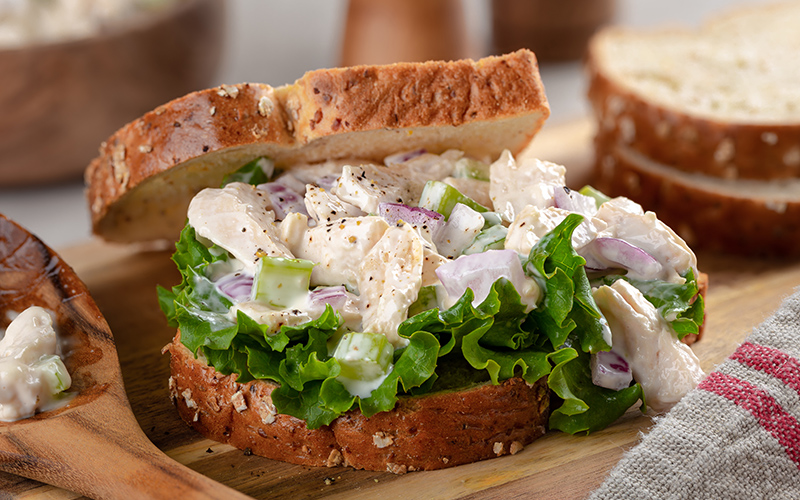
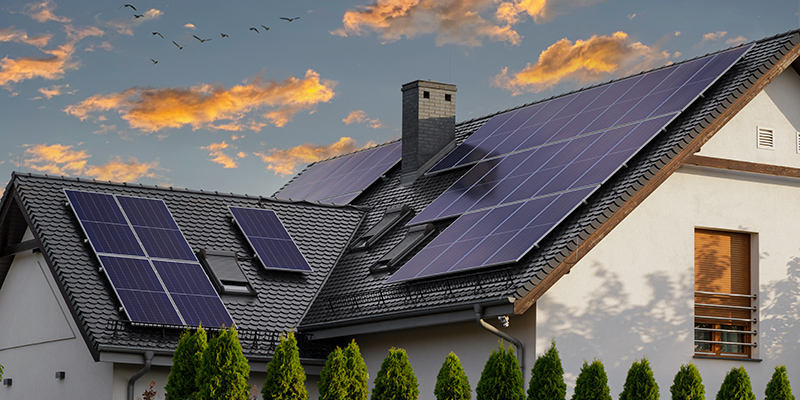
 As of the time of writing, no federal law protects homeowners’ rights to install solar panels in HOA communities. In 2009, the
As of the time of writing, no federal law protects homeowners’ rights to install solar panels in HOA communities. In 2009, the  Even with state laws in place, homeowners association solar panels can still be restricted by most HOAs. As long as the restrictions are reasonable and given authority by the governing documents, the HOA can still control what homeowners can do.
Even with state laws in place, homeowners association solar panels can still be restricted by most HOAs. As long as the restrictions are reasonable and given authority by the governing documents, the HOA can still control what homeowners can do.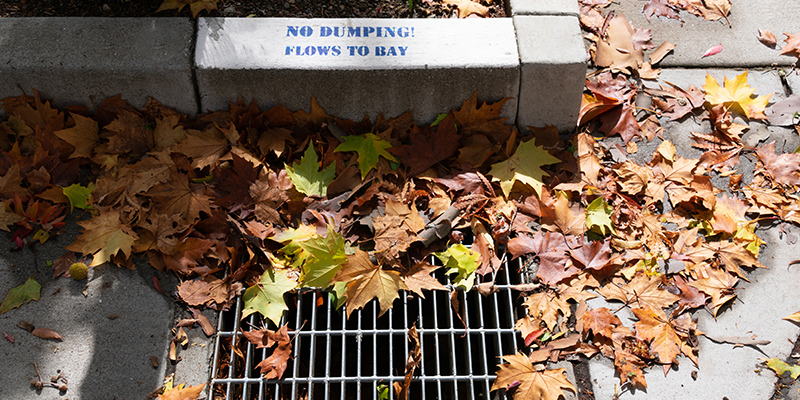
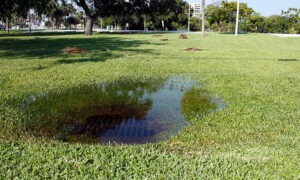 Poor drainage in HOA communities can result from something as simple as clogged drains. Remember to check the catch basins and storm drains in the HOA’s private roads. Make sure they’re unobstructed to keep the stormwater away.
Poor drainage in HOA communities can result from something as simple as clogged drains. Remember to check the catch basins and storm drains in the HOA’s private roads. Make sure they’re unobstructed to keep the stormwater away.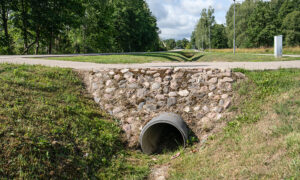 Some HOAs may have a stormwater management system that hasn’t worked well. This is often due to the lack of maintenance and regular inspections.
Some HOAs may have a stormwater management system that hasn’t worked well. This is often due to the lack of maintenance and regular inspections.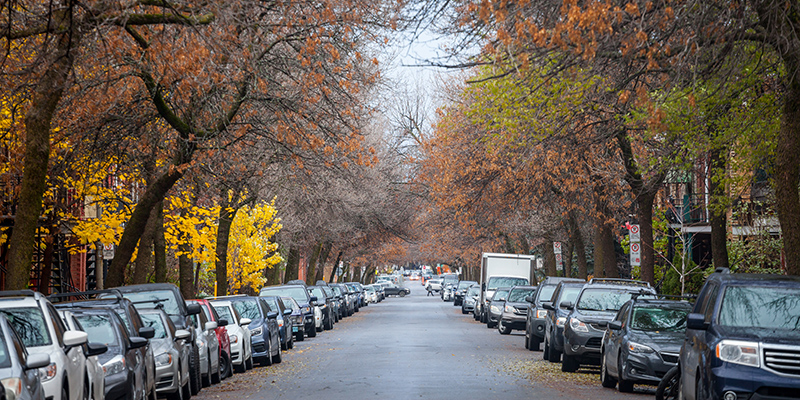
 1. Permitted Vehicles
1. Permitted Vehicles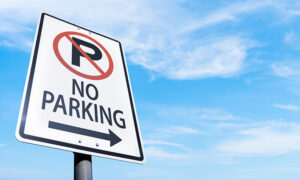 2. Post Signs
2. Post Signs Homeowners associations may tow vehicles that violate the parking rules. However, make sure this is permitted by state law and the governing documents. For example, HOAs in New Jersey might need to hire a towing company as required by the
Homeowners associations may tow vehicles that violate the parking rules. However, make sure this is permitted by state law and the governing documents. For example, HOAs in New Jersey might need to hire a towing company as required by the 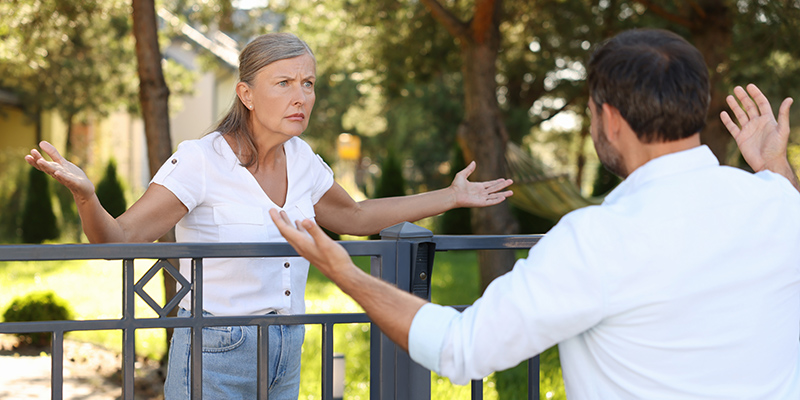
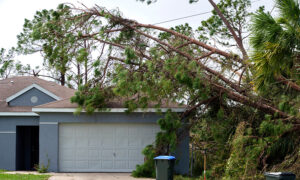 A neighbors tree can also cause damage and it can be hard to know who to hold responsible. There are many instances wherein these accidents are deemed as “Acts of God.”
A neighbors tree can also cause damage and it can be hard to know who to hold responsible. There are many instances wherein these accidents are deemed as “Acts of God.”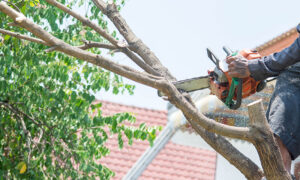 Can I Trim a Neighbor’s Trees Overhanging My Property?
Can I Trim a Neighbor’s Trees Overhanging My Property? It’s best to talk to your neighbors to understand how much trimming would be enough. If they’re not asking for too much, and trimming doesn’t affect the tree’s health or aesthetics, it’s best to consider trimming it.
It’s best to talk to your neighbors to understand how much trimming would be enough. If they’re not asking for too much, and trimming doesn’t affect the tree’s health or aesthetics, it’s best to consider trimming it.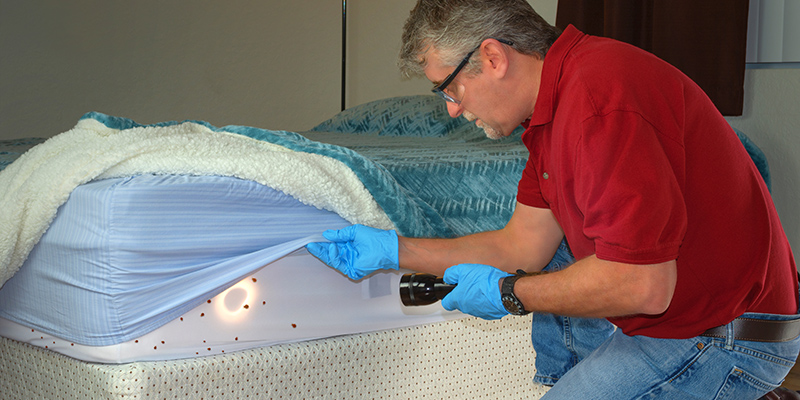
 Homeowners associations are generally in charge of common area maintenance.
Homeowners associations are generally in charge of common area maintenance.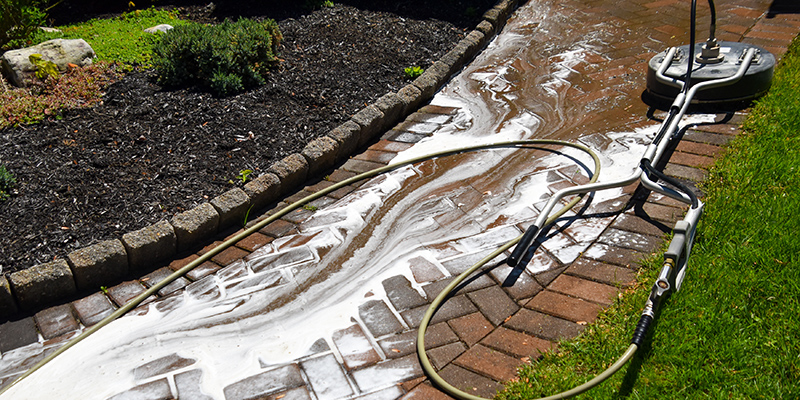
 Sometimes, the lines may blur if someone else is directly or indirectly responsible for the damage caused to the sidewalk. For example, let’s say a homeowner planted a tree that damaged the sidewalk as its roots grew.
Sometimes, the lines may blur if someone else is directly or indirectly responsible for the damage caused to the sidewalk. For example, let’s say a homeowner planted a tree that damaged the sidewalk as its roots grew. HOA sidewalk maintenance is often a source of conflict in common interest communities. However, HOAs can easily prevent fights from breaking out if they clarify who is responsible for what. This way, everyone is on the same page and knows what their responsibilities are.
HOA sidewalk maintenance is often a source of conflict in common interest communities. However, HOAs can easily prevent fights from breaking out if they clarify who is responsible for what. This way, everyone is on the same page and knows what their responsibilities are.
 2. Express Your Concern
2. Express Your Concern 4. Replace the Director
4. Replace the Director
 An HOA pool lifeguard is supposed to save swimmers when they drown. However, if the lifeguard doesn’t have the right training or skills to do so, they might fail at this very task. The HOA may face liability if it hires a lifeguard with no certification. That’s why it’s important to hire someone with training.
An HOA pool lifeguard is supposed to save swimmers when they drown. However, if the lifeguard doesn’t have the right training or skills to do so, they might fail at this very task. The HOA may face liability if it hires a lifeguard with no certification. That’s why it’s important to hire someone with training.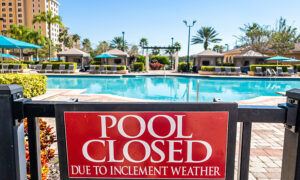 Consider adding lockable gates around the area if your HOA has a pool. This can help the board better regulate pool hours. Make sure to lock the gates during hours when the pool cannot be used. Also, remember to lock the gates when it’s not safe to use the pool, such as during the winter or when there’s an impending thunderstorm or natural disaster.
Consider adding lockable gates around the area if your HOA has a pool. This can help the board better regulate pool hours. Make sure to lock the gates during hours when the pool cannot be used. Also, remember to lock the gates when it’s not safe to use the pool, such as during the winter or when there’s an impending thunderstorm or natural disaster.
